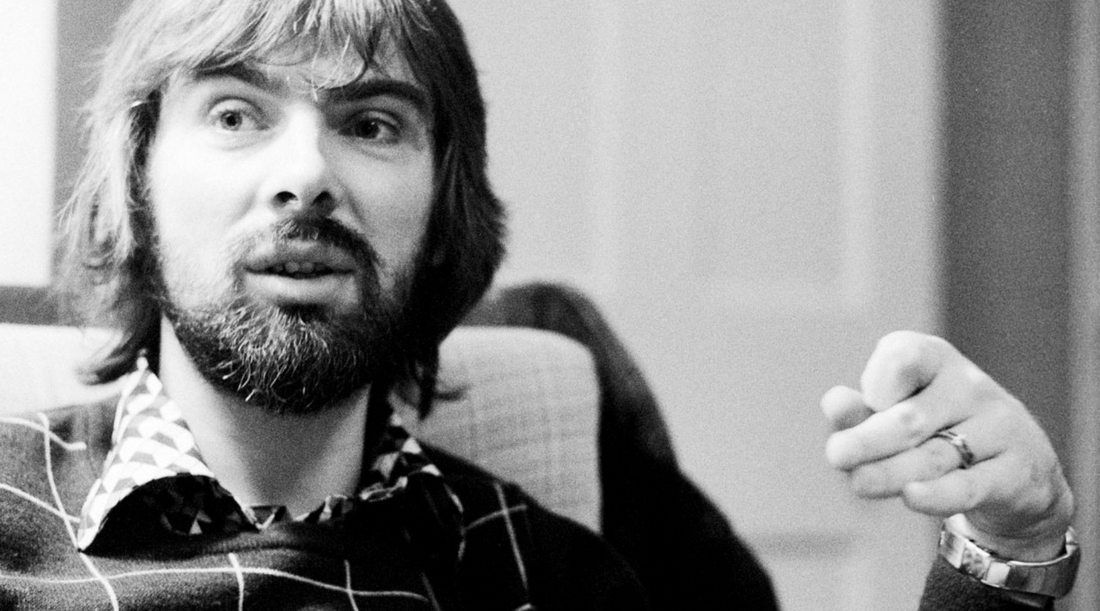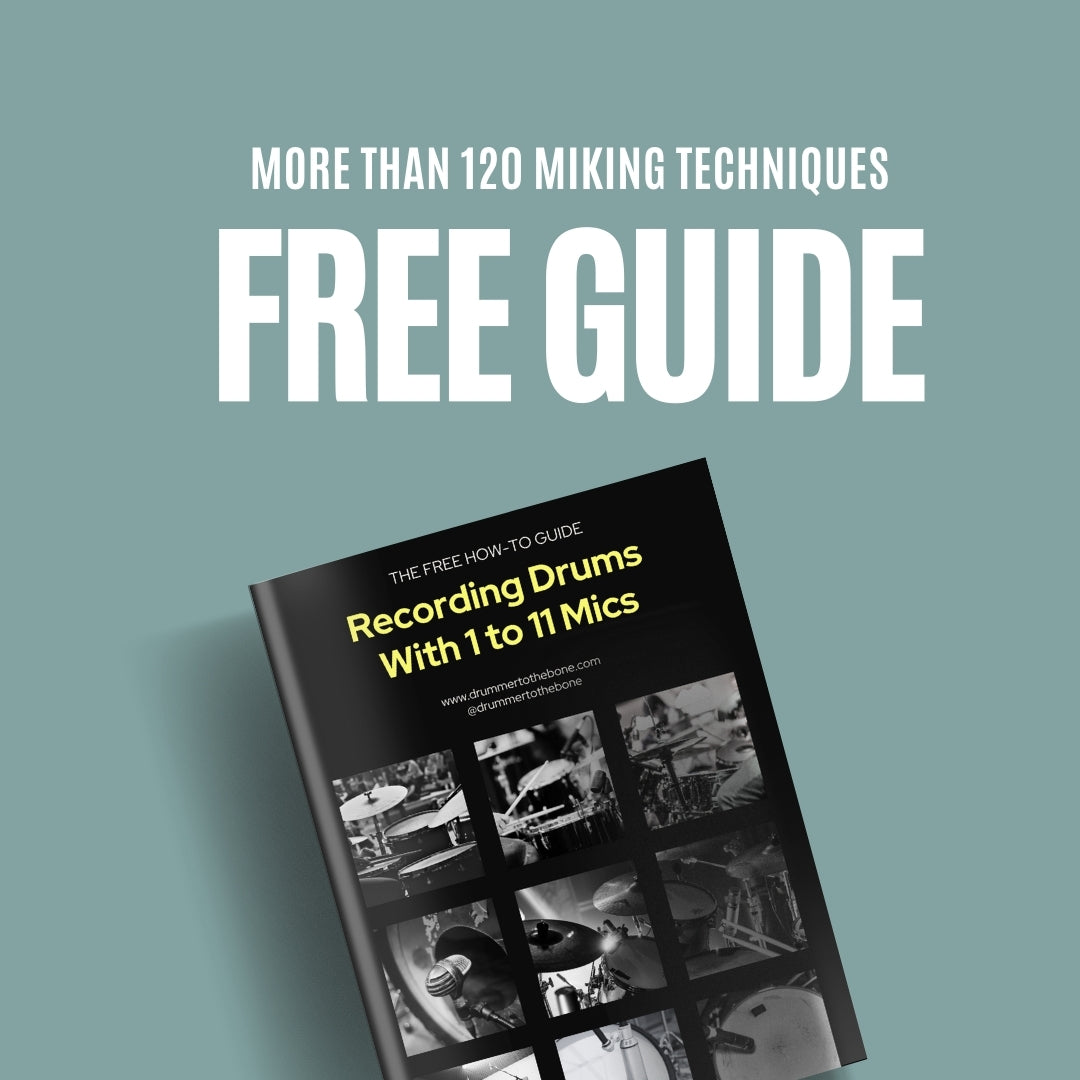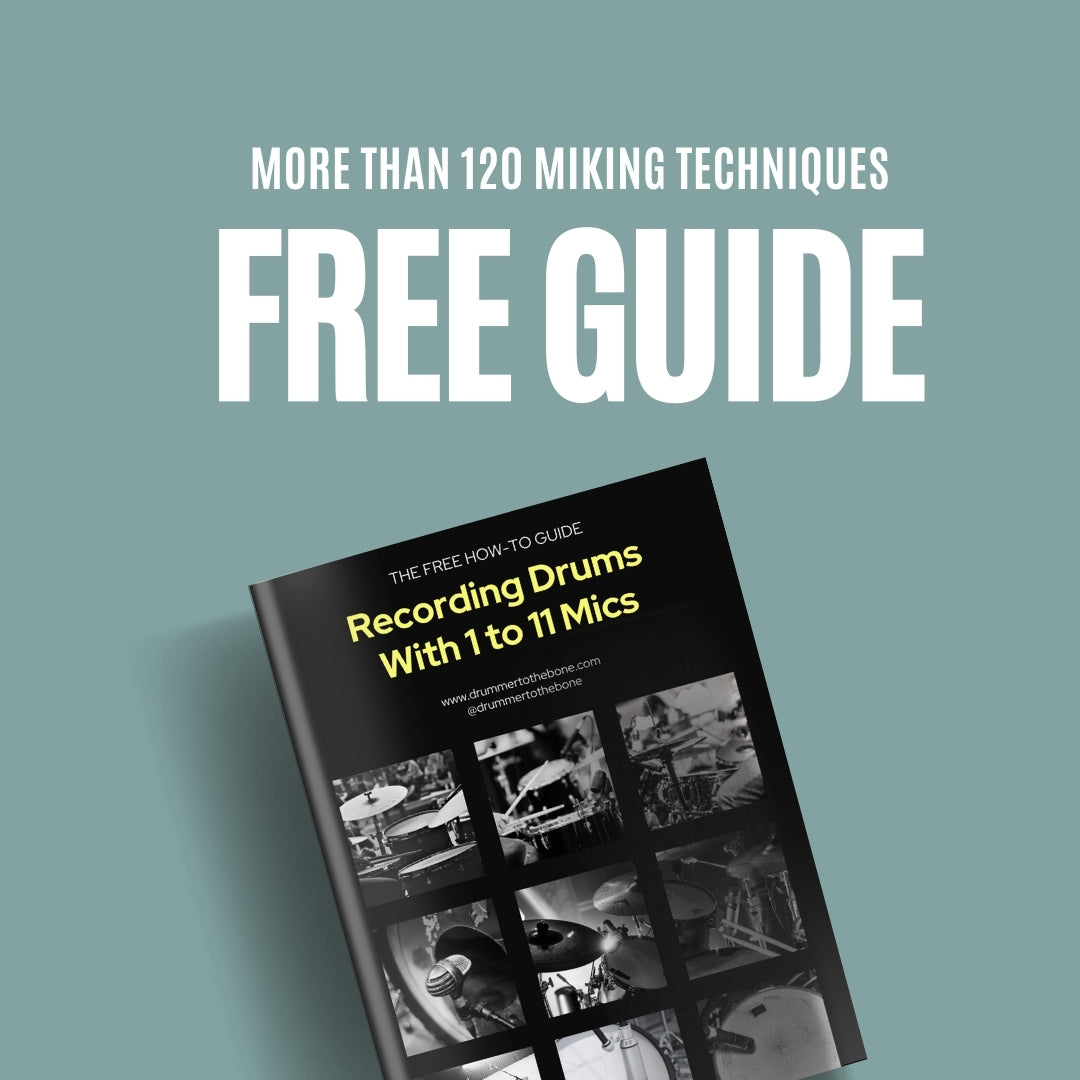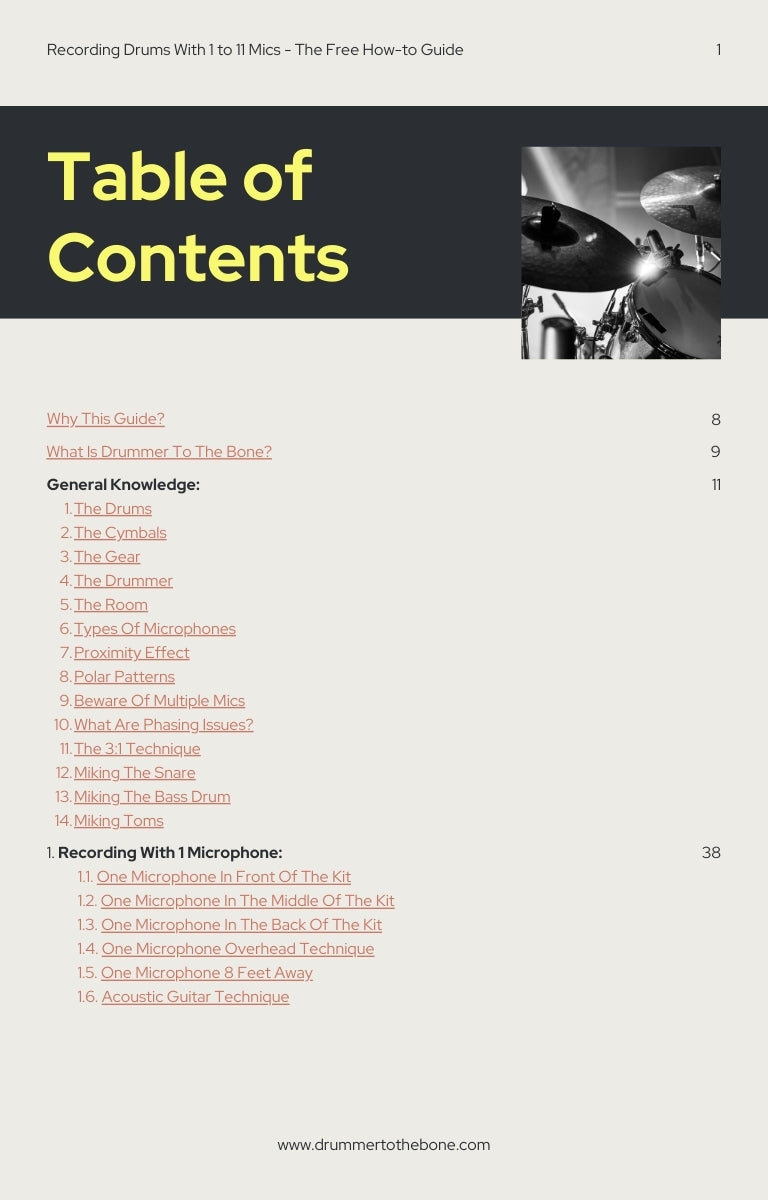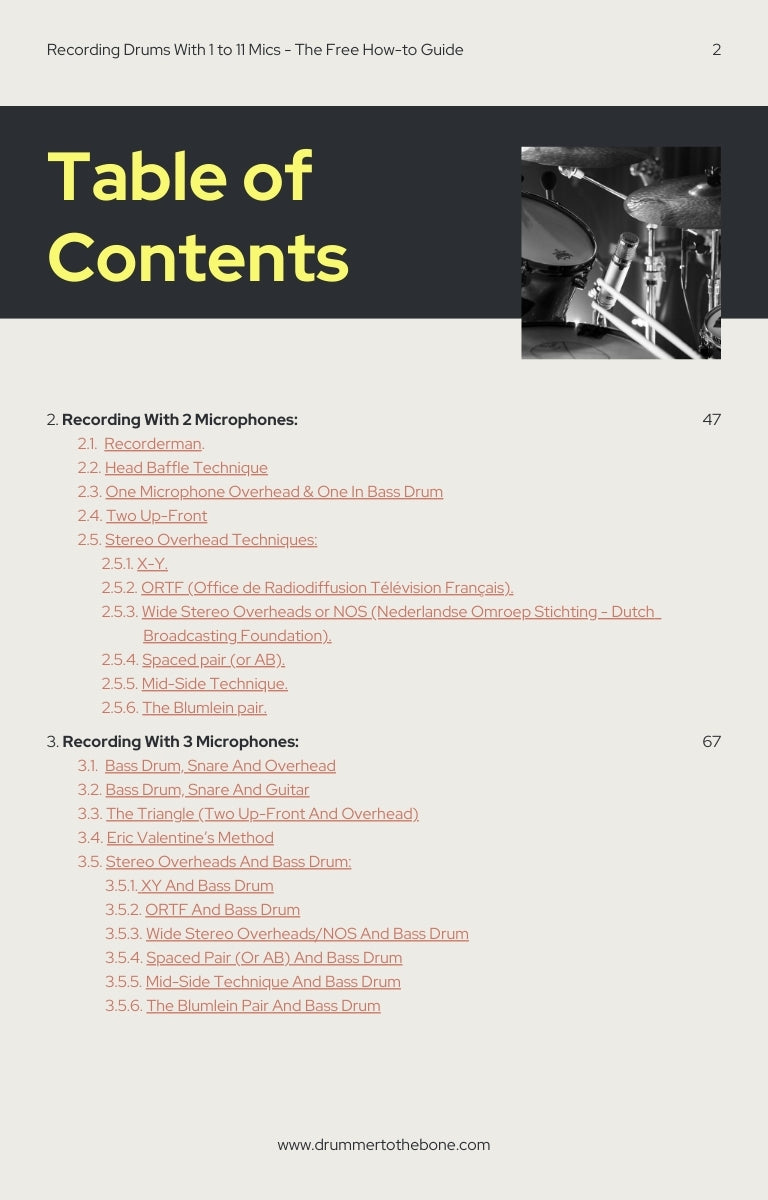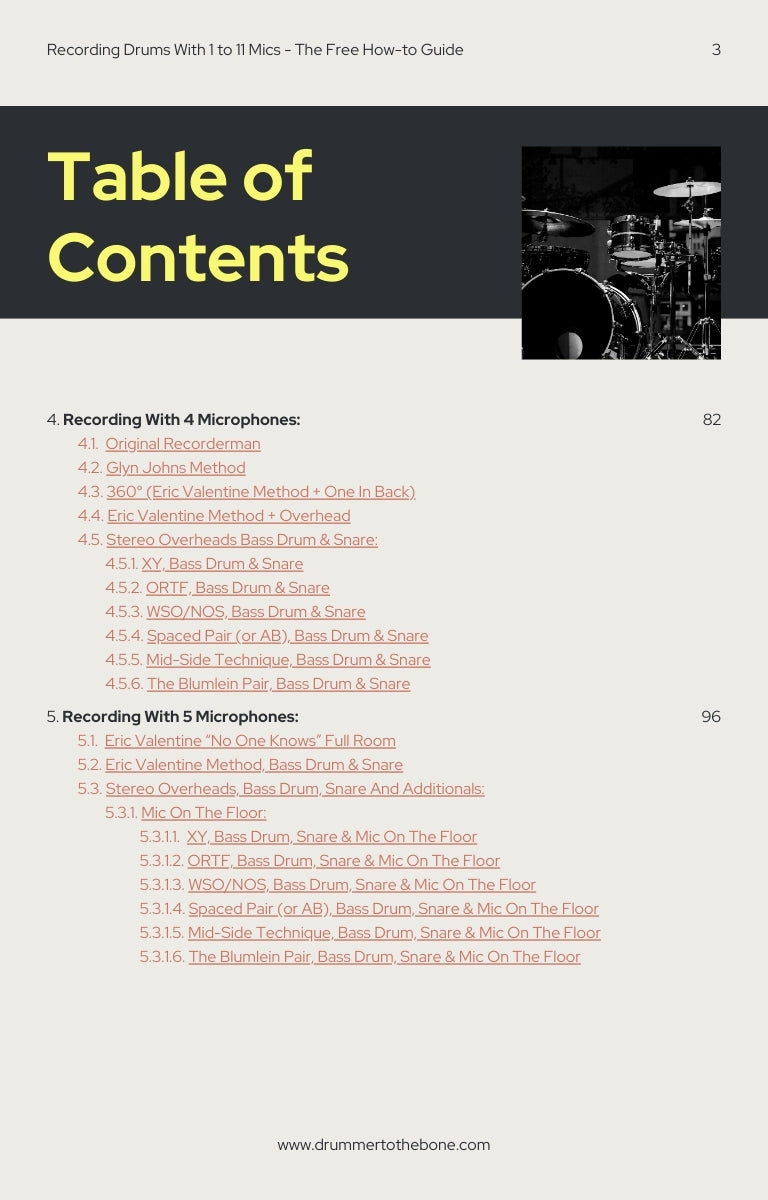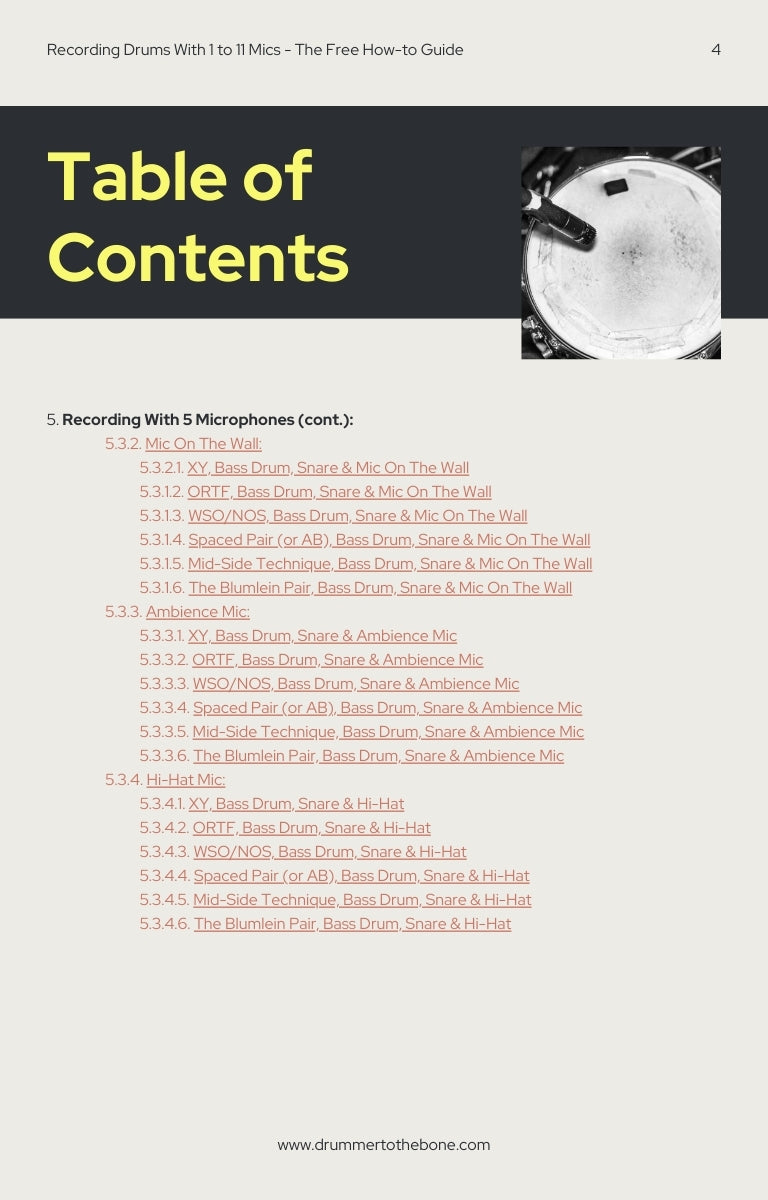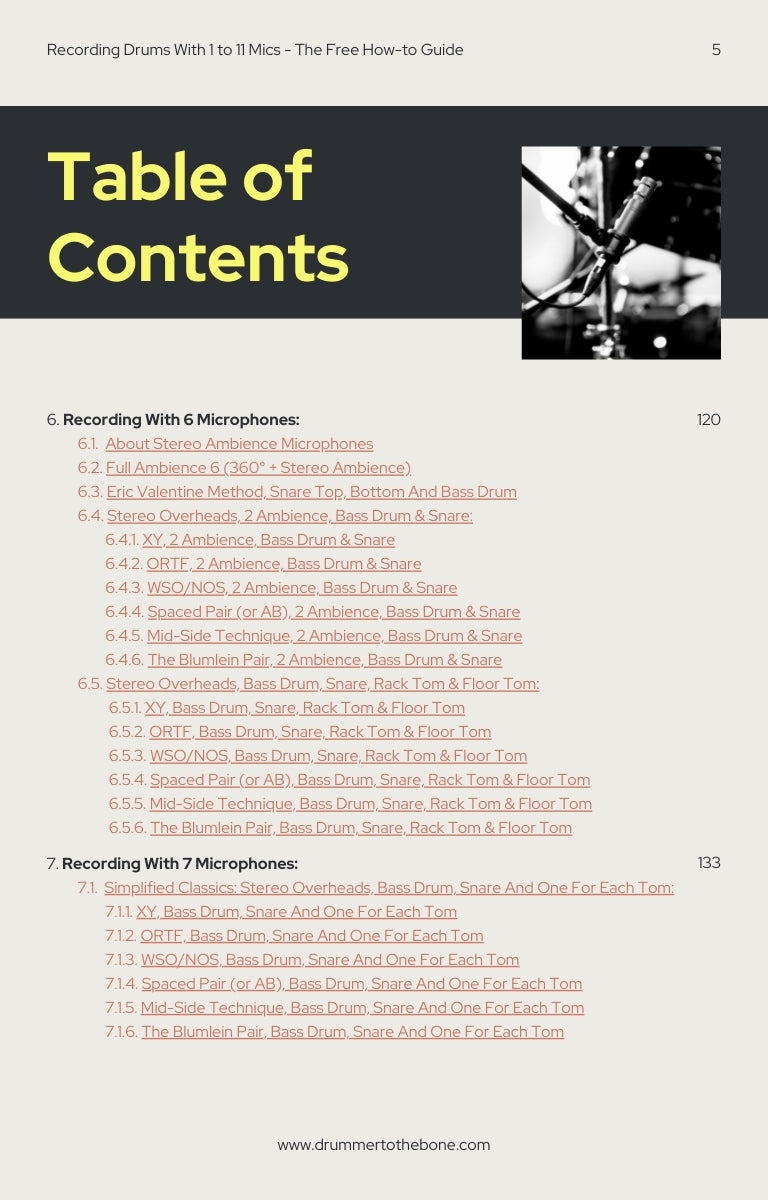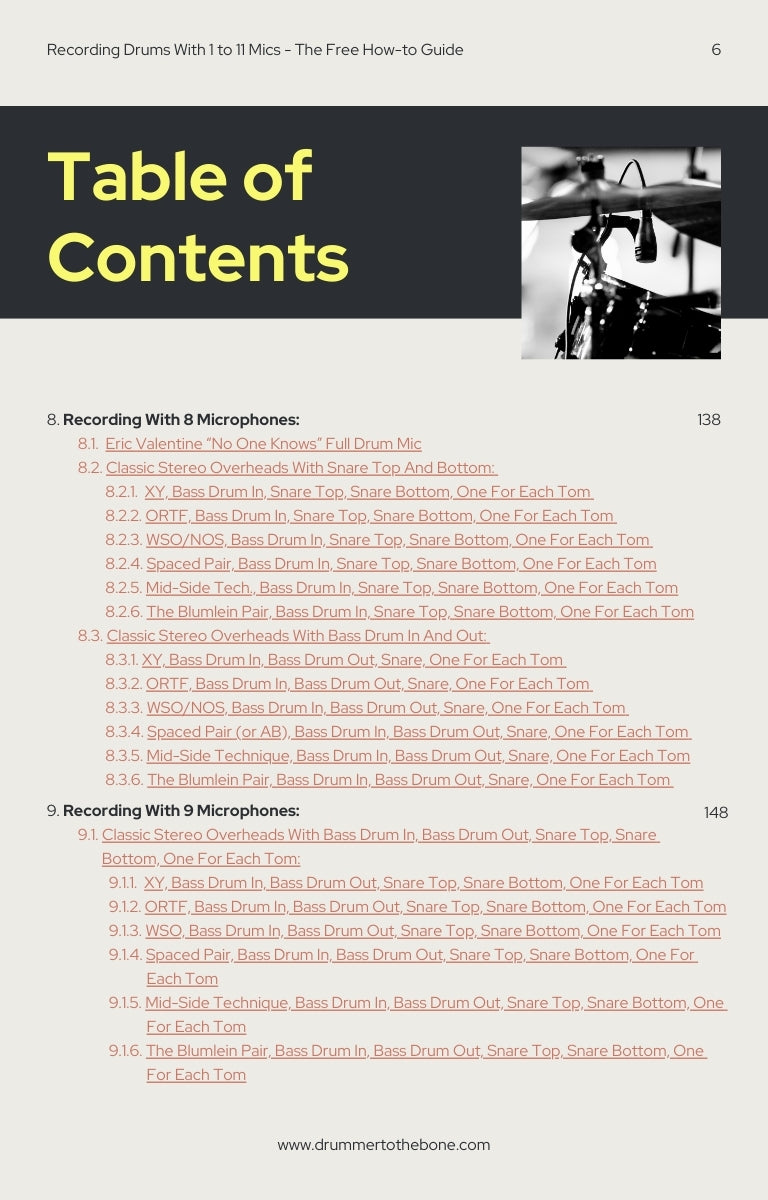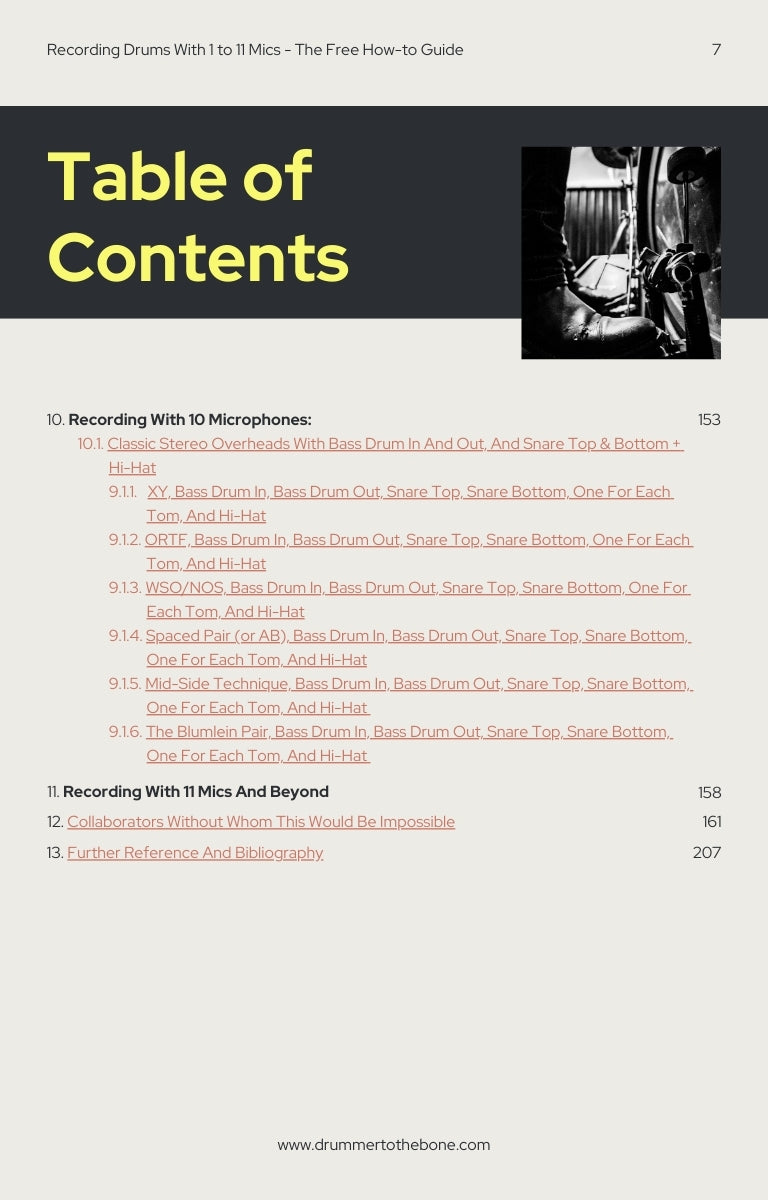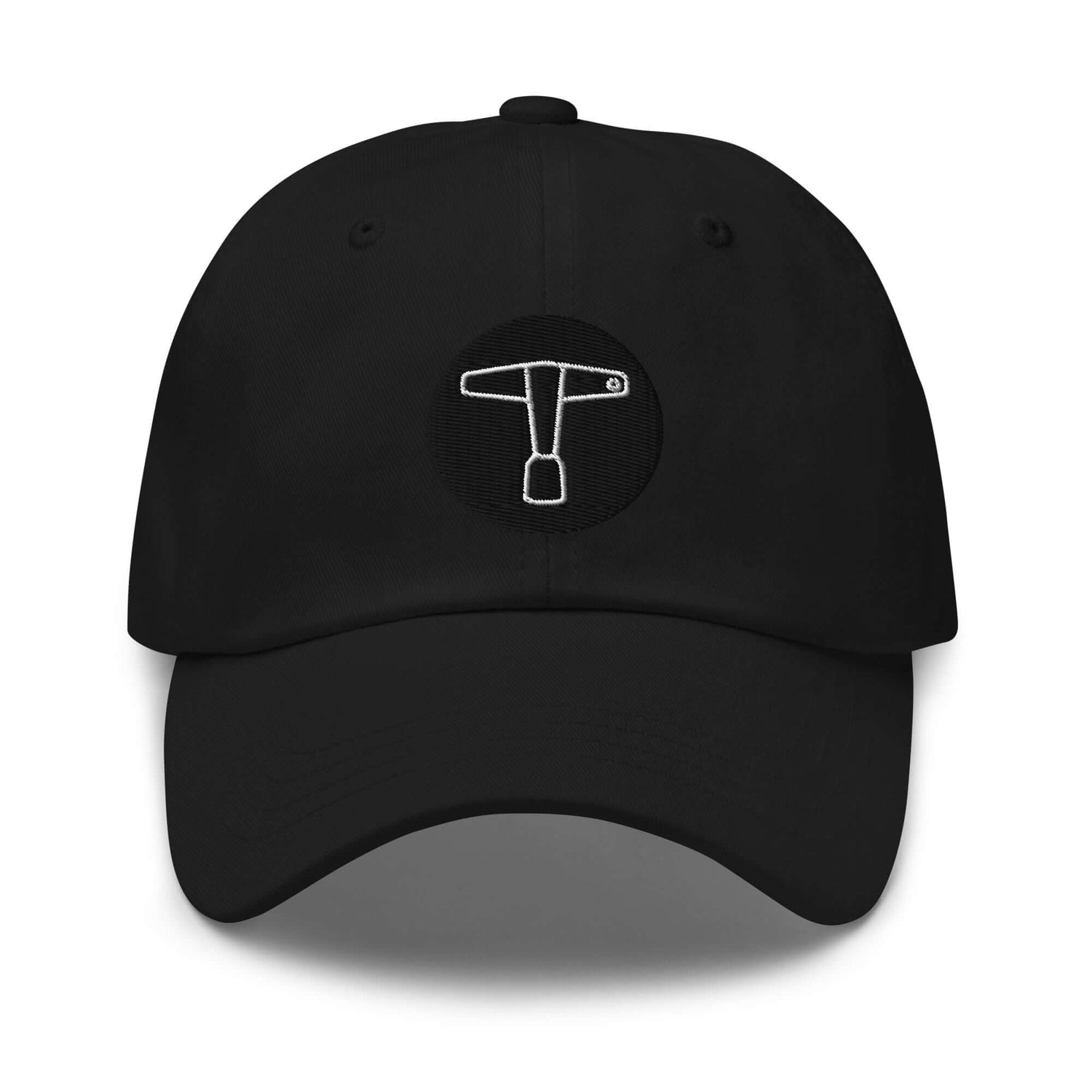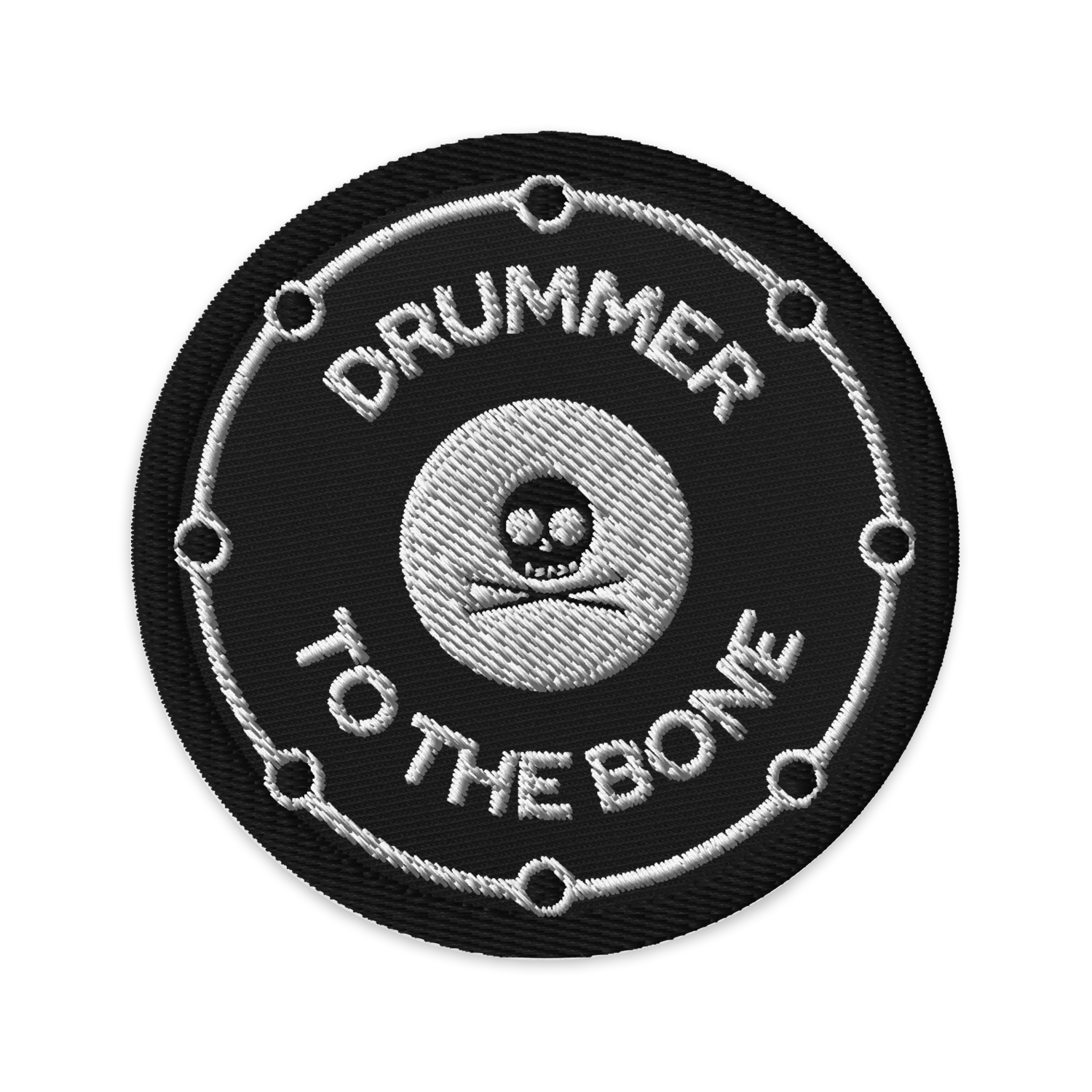
The Glyn Johns Method. The most discussed, often misunderstood, and mythical drum recording techniques in the history of rock and roll.
The technique that captured John Bonham’s sound. The Hammer of The Gods, The God of Thunder… and another dozen nicknames involving mythological deities.
We've all seen thousands of posts explaining the technique and how it - supposedly - gets you the Bonham sound. But… really?

In his book “Sound Man: A Life Recording Hits with The Rolling Stones, The Who, Led Zeppelin, the Eagles , Eric Clapton, the Faces . . .” Glyn Johns, the man himself, talks about the recording sessions for Led Zeppelin’s eponymous debut album from 1969, at Olympic Studios:
“It was a complete accident. I usually use three or four mics on drums. One over the top, one on the floor tom-tom, one on the bass drum, and one on the snare, which I very rarely use. Because we were always limited to the number of tracks available back in those days, drums would always be recorded on one track, and depending on the session, sometimes with the bass mixed with them.”
“We had finished a basic track and had decided to overdub an acoustic guitar on it. I took one of the Neumann U67s that I had been using on the drums to use on the guitar, and having finished the overdub, I put it back on the drums in order to start the next basic track. When I lifted the faders to listen to the drums, I found that I had inadvertently left the mic assigned to the track I had been using for the overdub, which I had placed to the far left of the stereo. As the other drum mic was in the middle, it spread the sound to the left.”
“So I wondered what would happen if I put them left and right, and made the small adjustment of pointing the floor tom-tom mic at the snare, making the two mics equidistant from it. The result sounded enormous, with the completely different perspective that stereo brings. It is completely unnatural to have the drums spread across the entire stereo picture, so I panned each track half left and half right, ending up with the technique I have used ever since.”
"There is no question that if I had not been working with John Bonham and the extraordinary sound he was giving me, I would not have spotted it. A prerequisite to this working is that you must have a drummer who gives you a good sound, as well as a pair of Neumann U67s or 47s, or Telefunken 251s.”
With this in mind, a few important things to notice:
- This approach was only used in Led Zeppelin’s first album. Glyn Johns never engineered for them again. Glyn's brother Andy took over until 1971. Maybe other engineers used a similar approach in later albums, but it is improbable. If you’re looking to recreate the drum sound from “Fool in the Rain” (In Through the Out Door, 1979), these are not the droids you're looking for.
- Bonham’s sound was also a product of his unique approach to drumming, tuning and gear: most notably, his 26x14 bass drum with felt strips crossing the inside of the drum and no additional muffling, and his jazz-like tuning.
- Also, he was an insanely consistent and controlled drummer. He hit hard, but balanced. Without good balance, there's not much you can do with the Glyn Johns technique.
Here's Jeff Ocheltree, Bonham's last drum tech (a role previously held by Mick Hinton), explaining Bonzo's set up, tuning and mic set up for his later records. The mic set up is nothing like the Glyn Johns Method.
All in all, the Glyn Johns Method is a super interesting technique for a vintage sound. But not very versatile for current sounds and standards.
Do you know of any record in the last 20/30 years that used the Glyn Johns method?

